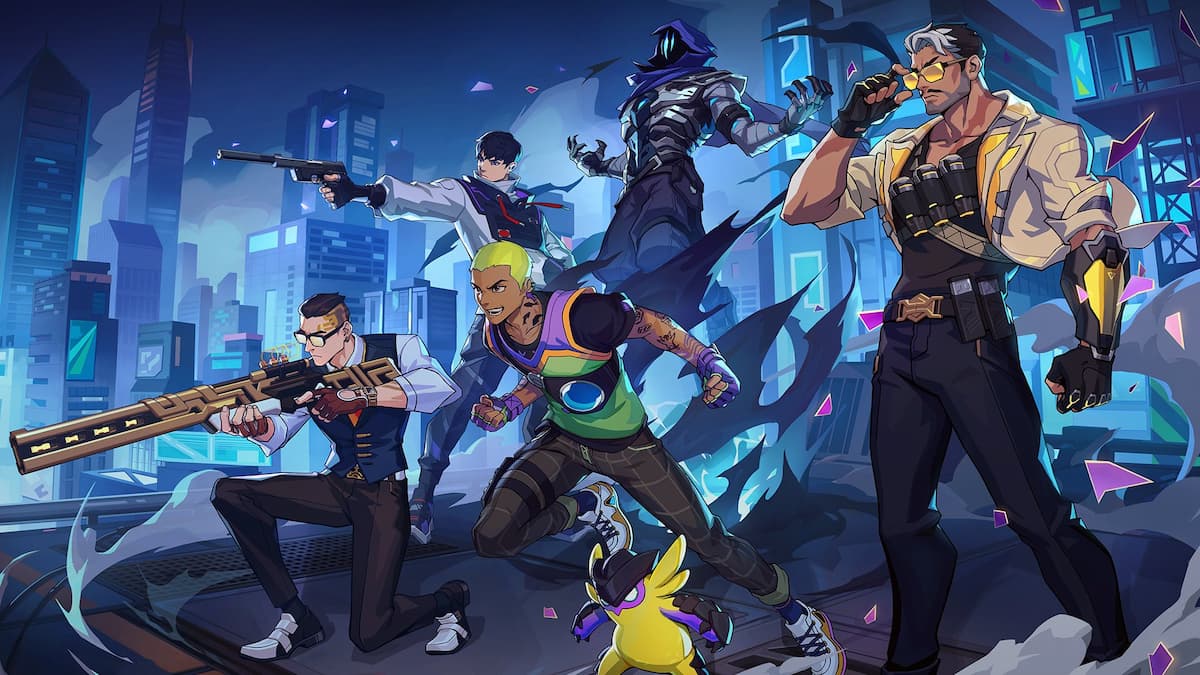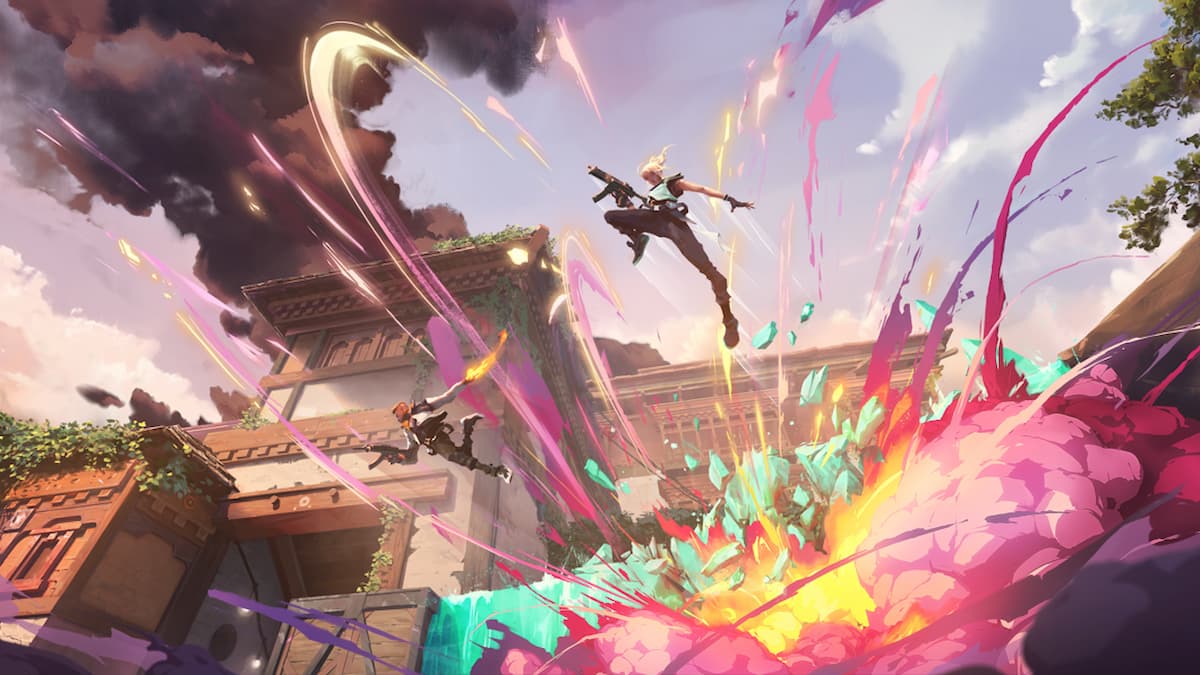
Despite Riot Games’ continued efforts to foster a more balanced ranked experience, VALORANT’s competitive grind remains as frustrating as ever. While issues like blatant inflation and cheaters have seen meaningful improvement, lower-Elo lobbies, particularly Platinum and below, still often feel like high-rank matches in pace and precision.
And we all know the likely culprit: smurfs. But the real question isn’t just who’s to blame. It’s why Riot’s systems, including automatic smurf detection, quick MMR calibration, penalties for boosting, and even two-factor authentication, haven’t delivered noticeable relief. Which leads us to an age-old debate:
Does Riot genuinely want to eliminate smurfs and account sharing in VALORANT—or are these systems more about optics than impact? And while much of the issue can be attributed to smurfs flooding the ladder, the MMR and RR systems share part of the blame.

Take this player’s complaint, for example: their experience feels far from fair, often facing opponents who “clearly do not belong in Plat” due to their noticeably higher skill. It’s not just about tougher matches. There are also games where enemy teams seem far too weak for their assigned rank, adding to the overall inconsistency. Of course, no one complains when matches feel easy—but that’s exactly what makes the imbalance so frustrating.
Imagine this: you peak Immortal One, then take a break from the game. When you return a month or two later, a hard rank reset drops you to Diamond Three. But your skill hasn’t vanished—you still have the game sense, mechanics, and confidence of an Immortal.
Now, you’re being matched with players who just reached Diamond after grinding through Platinum. Technically, you’re both Diamond. But in reality, you’re not on equal footing. Is that fair? Not really.
According to Riot, MMR doesn’t decay with resets. It reflects your actual skill and only drops if your performance worsens compared to others with similar MMR. RR, on the other hand, is simply your visible rank. It resets periodically and doesn’t reflect your real skill.
Theoretically, the system should place you in matches based on your MMR. But if that’s really the case, why are players who peaked two or three ranks higher a couple of Acts ago still landing in the same lobbies as fresh promotees?
Sure, the returning player’s MMR could have dropped. But even then, they retain a noticeable edge in experience and performance. For a newly promoted Diamond player, that creates an uneven and often discouraging match. Something clearly isn’t functioning the way it should—at least not in Season V25, Act Four. In fact, this particular issue tends to peak right after hard rank resets (every three Acts) and gradually settles as players redistribute.
Put the MMR debate aside, and we’re still left with the stubborn smurfs and the players who love running multiple accounts. They remain the biggest reason behind the imbalance in VALORANT ranked. Riot has introduced plenty of tools to stop them, and yet, they continue to wreak havoc.
To make matters worse, popular content creators—who often set the tone for the broader player base—keep fueling the cycle: spawning new accounts, stomping low-rank players, and uploading it for content.
So the question still stands: Why would Riot want to end a cycle that keeps driving engagement?
And even if it does, will Riot’s “solutions” ever be enough to make a real dent in smurfing and bring a lasting balance to our favorite tactical shooter?







